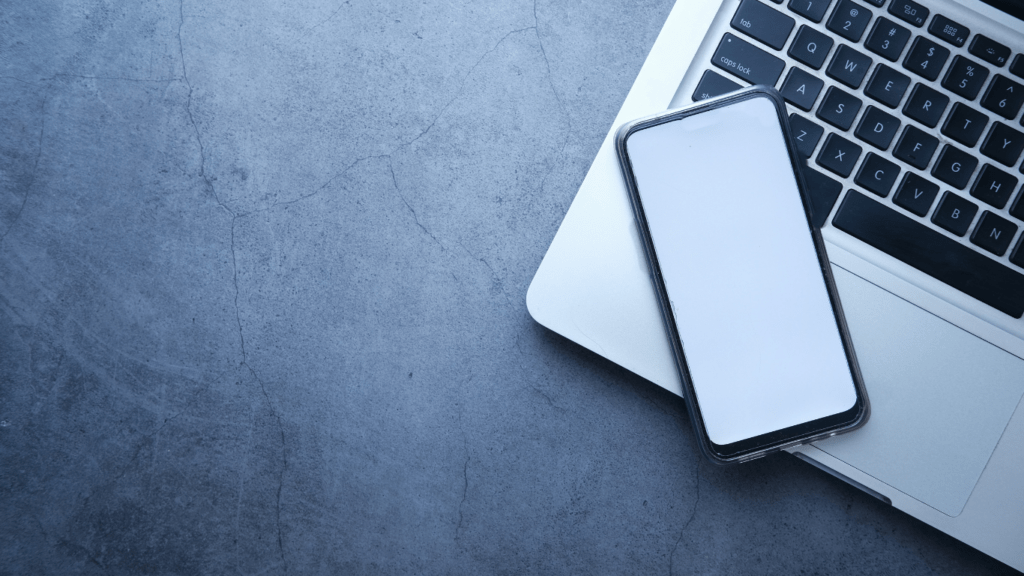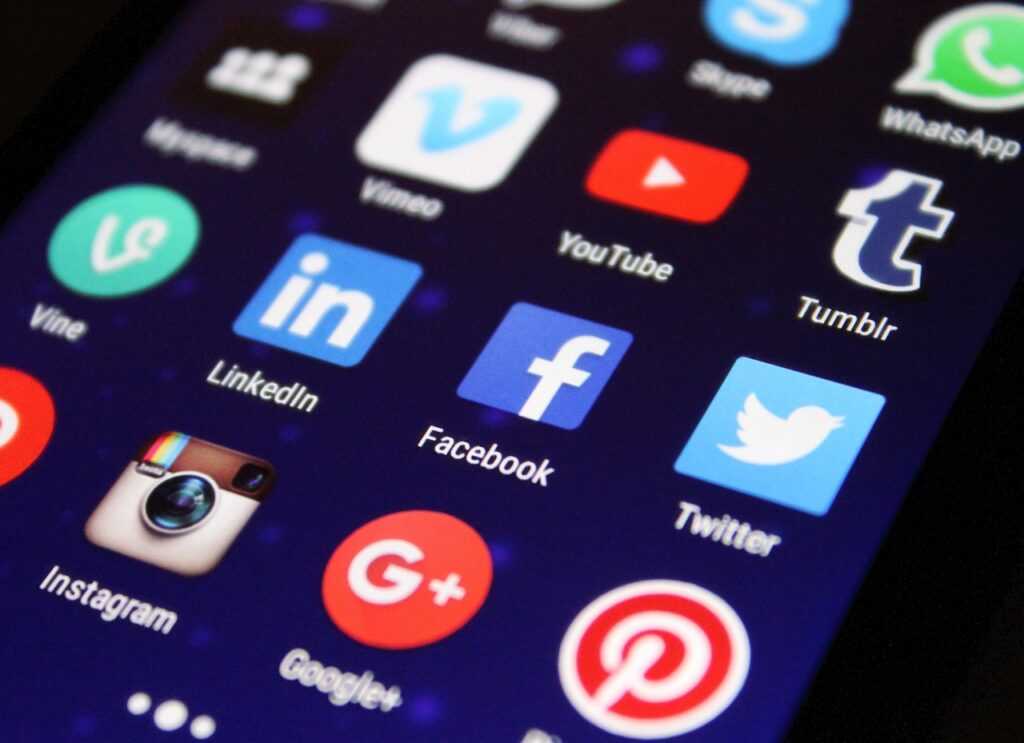Exciting advancements in the realm of smart technology have been reshaping the way we interact with the world around us. From interconnected devices revolutionizing our homes to cutting-edge solutions enhancing industrial processes, the Internet of Things (IoT) continues to drive innovation at a rapid pace. As a tech enthusiast, I’m thrilled to explore the latest breakthroughs in IoT that are pushing the boundaries of what’s possible in the digital landscape.
In this article, I’ll delve into the most recent IoT innovations that are making waves across various industries. From smart healthcare devices improving patient outcomes to sustainable solutions optimizing energy consumption, the potential of IoT to transform our lives is truly remarkable. Join me as we uncover the groundbreaking technologies that are shaping the future of smart technology.
Overview of IoT Innovations: The Latest Breakthroughs in Smart Technology
Exploring the realm of IoT innovations is both fascinating and enlightening. From smart healthcare devices enhancing patient care to sustainable solutions streamlining energy usage, the latest breakthroughs are revolutionizing multiple industries. These advancements not only push boundaries but also pave the way for a more connected and efficient digital landscape. The transformative power of IoT is evident in the significant impact it is making on various aspects of our lives. Join me in unraveling the cutting-edge technologies that are shaping the future of smart technology.
Benefits of Adopting IoT Innovations
IoT innovations offer a multitude of benefits that drive significant advancements across various industries. Let’s explore the advantages of embracing these cutting-edge technologies.
Improved Efficiency
Embracing IoT innovations leads to improved efficiency in both homes and businesses. By connecting devices and enabling seamless communication, tasks can be automated, optimizing processes and reducing manual intervention. For example, smart thermostats adjust the temperature based on usage patterns, increasing energy efficiency while minimizing costs.
Enhanced Data Collection and Analysis
One of the key benefits of adopting IoT innovations is the enhanced ability to collect and analyze data in real-time. Connected devices gather valuable insights that can be utilized to make informed decisions. For instance, industrial IoT sensors monitor machinery performance, allowing predictive maintenance to prevent costly downtimes. This data-driven approach enhances operational efficiency and boosts overall productivity.
Key Industries Benefiting from IoT Innovations

Healthcare
In healthcare, IoT innovations have revolutionized patient care by enabling remote monitoring and personalized treatment plans. Medical devices connected to the internet can transmit real-time data, allowing healthcare providers to track vital signs and health metrics from a distance. For example, wearable devices like smartwatches can monitor heart rate, sleep patterns, and physical activity, providing valuable insights for patients and doctors alike. Additionally, IoT applications in healthcare facilities streamline operations, ensuring efficient resource management and enhancing the overall patient experience.
Manufacturing
In the manufacturing industry, IoT innovations have enhanced operational efficiency and productivity through predictive maintenance and automated processes. IoT sensors embedded in machinery gather data on performance and usage patterns, enabling proactive maintenance to prevent breakdowns and reduce downtime. Manufacturers can optimize production schedules and resource allocation based on real-time analytics provided by IoT systems. By leveraging IoT technologies, factories can achieve cost savings, improve product quality, and meet customer demands more effectively.
Agriculture
IoT innovations have transformed the agriculture sector by introducing precision farming techniques that optimize crop yields and resource utilization. Sensor-equipped devices monitor soil moisture levels, temperature, and nutrient content, enabling farmers to make data-driven decisions about irrigation and fertilization. Drones equipped with IoT technology can survey large fields, identifying crop health issues and pest infestations early on. By integrating IoT solutions, farmers can increase efficiency, reduce input costs, and promote sustainable farming practices for long-term environmental benefits.
Case Studies of Successful IoT Implementations
Exploring real-world applications of IoT in diverse sectors offers invaluable insights into its practical impact. In the healthcare domain, IoT has revolutionized patient care by enabling the seamless monitoring of vital signs and health metrics. For instance, wearable devices like smartwatches can track heart rate, activity levels, and sleep patterns, providing continuous data for healthcare professionals to offer personalized treatment plans remotely.
Within the manufacturing industry, IoT implementations have led to significant advancements in operational efficiency. Through the integration of IoT sensors in machinery, companies can now predict maintenance needs before breakdowns occur, reducing downtime and optimizing production schedules. Moreover, automated processes driven by IoT technologies streamline workflow management, enhancing overall productivity and cost-effectiveness.
In the agricultural sector, IoT solutions have ushered in a new era of precision farming practices. By utilizing sensors to monitor soil moisture levels, nutrient content, and weather conditions, farmers can make data-driven decisions to boost crop yields while minimizing resource wastage. This data-centric approach to farming not only optimizes agricultural output but also promotes sustainable practices for long-term environmental conservation.
These case studies highlight the tangible benefits of incorporating IoT innovations across varied industries, illustrating how interconnected devices are reshaping traditional practices and paving the way for a more efficient, data-driven future.
Future Trends in IoT Innovations
Exploring the future trends in IoT innovations unveils exciting developments that will further revolutionize various sectors.
- Enhanced Data Analytics: IoT systems will increasingly focus on leveraging big data analytics to extract valuable insights. By harnessing massive amounts of data generated by interconnected devices, businesses will make more informed decisions, optimize processes, and enhance customer experiences.
- 5G Integration: The integration of 5G technology into IoT devices will significantly boost connectivity speeds, reduce latency, and expand the scope of IoT applications. This advancement will pave the way for real-time data processing, enabling seamless communication between devices at unprecedented speeds.
- Edge Computing Expansion: The proliferation of edge computing in IoT networks will empower devices to process data closer to the source, minimizing latency and enhancing efficiency. This trend will lead to faster response times, improved security, and reduced reliance on centralized cloud systems.
- AI and Machine Learning Integration: The integration of artificial intelligence (AI) and machine learning algorithms into IoT devices will enable autonomous decision-making and predictive analytics. By analyzing patterns and anomalies in data in real-time, IoT systems will become more proactive and adaptive to changing environments.
- Blockchain for Security: Blockchain technology will play a significant role in enhancing the security and privacy of IoT devices and networks. Through decentralized and tamper-resistant ledgers, blockchain will ensure secure data transactions, identity management, and device authentication in IoT ecosystems.
These future trends in IoT innovations promise to further propel the digital transformation of industries, driving efficiency, productivity, and innovation to unprecedented levels.



